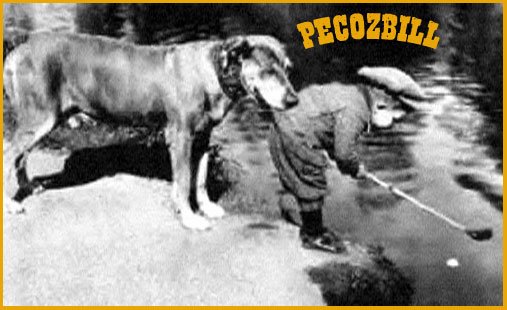Bexar County - cited below is really San Antonio TX, the nations 9th largest city and there ain't a hell of a lot of rural land.......
Big Plans announced for tiny creatures
05/23/2008
By Jerry NeedhamExpress-News
Measures to improve and increase the population and habitat of nine creatures that have been found in only a few dozen Bexar County caves are outlined in a draft recovery plan from the U.S. Fish and Wildlife Service.
The plan would cost an estimated $140 million over 25 years.

The recovery plan for the blind, cave-dwelling invertebrates envisions removing the species — five spiders, three beetles and a harvestman or daddy longlegs — from the endangered species list if populations of each species can be found or established in at least six caves surrounded by preserves of up to 60 acres.
But the plan released last Friday by the U.S. Fish and Wildlife Serviceacknowledges that goal may be unattainable, because four of the species have been found in only one cave each and another has been found in only two caves.
The creatures, listed as federally endangered in 2000, are the Helotes mold beetle, the Cokendolpher cave harvestman, Robber Baron Cave meshweaver, Madla Cave meshweaver, Government Canyon Bat Cave meshweaver, Government Canyon Bat Cave spider, Bracken Bat Cave meshweaver and two beetles (Rhadine exilis and Rhadine infernalis) that do not have common names.
The wildlife service designated a little more than 1,000 acres of private land in northwestern Bexar County as critical habitat for the creatures in 2003.
The agency backed off designating 536 acres at Government Canyon State Natural Area and about 4,000 acres at Camp Bullis Military Reservation after determining that conservation plans for those areas provide adequate protection.
The critical habitat designation means the federal wildlife agency has to approve land-altering activities on those areas if the activity involves federal funds or permits.
The recovery strategy basically is to reduce threats to the creatures by protecting an adequate number of high-quality caves and their drainage areas, said Adam Zerrenner, field supervisor for the Austin office of the Fish and Wildlife Service.
So Pilgrims, just in case you was layin' in your bed worrying about these daddy long legs and blind spiders -- don't you never mind! Your Uncle Samuel, who has already maxed out his credit cards around the world, is gonna spend your grandchildrens' inheritance of $140,000,000+ over next few years to look after 'em. Now don't you feel better? Ain't it amazing how much more money that looks like than the casual $140 million the paper uses?

No comments:
Post a Comment